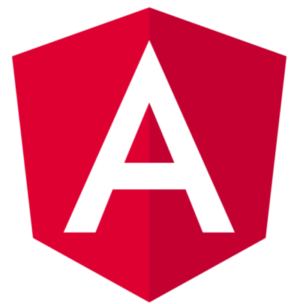In the digital age, delivering a fast and responsive Progressive Web App (PWA) is paramount to ensure an exceptional user experience. However, users on slower networks often face challenges when accessing PWAs. Fear not! We have compiled a comprehensive guide to help you optimize your Angular-based PWA for slower networks, empowering your users with a seamless and efficient browsing experience.
Elevate Your Angular PWA: Unlocking Performance on Slower Networks
- Streamlining Bundle Size: Trim the Fat
Minimize your Angular app’s bundle size by harnessing powerful tools like tree-shaking and code splitting. Rid your app of unused code and split it into smaller, more manageable chunks. This way, your PWA will load faster, even on sluggish networks. - Image Optimization: Quality Meets Speed
Images play a vital role in your PWA’s appeal, but they can also slow down loading times. Optimize and compress images without sacrificing quality. Embrace responsive images and lazy loading to display visuals when users need them. - Caching Strategies: Efficiency at its Finest
Empower your PWA with service workers to implement smart caching strategies. Store critical assets, like CSS, JavaScript, and images, in the cache, enabling faster loading upon subsequent visits, even when offline. - Network Throttling: Test Under Pressure
Subject your PWA to slower network conditions during development and testing. Simulate lower network speeds with developer tools to identify performance bottlenecks and fine-tune your app for real-world challenges. - Leveraging Resource Hints: Preemptive Loading
Guide the browser with resource hints like<link rel="preload">and<link rel="prefetch">. These hints prompt the browser to fetch critical resources proactively, enhancing performance. - Lightweight Service Workers: Speedy Activation
Keep your service worker nimble and efficient. Minimize installation and activation time to improve the initial loading speed of your PWA. - JavaScript Efficiency: Code Optimization
Optimize your JavaScript codebase to reduce execution time, particularly on slower devices. Stay mindful of DOM manipulation and choose lightweight libraries whenever possible. - Welcome Skeleton Screens: A Seamless Transition
Implement skeleton screens or placeholders while data loads. This provides users with a perceived faster loading time, making their browsing experience seamless. - Network-Aware Navigation: Addressing Slow Networks
Detect and handle slow network conditions with network-aware navigation. Offer users custom “loading” messages or the option to switch to a low-bandwidth version of your PWA for an uninterrupted experience. - Harness Web Workers: Lightening the Load
Delegate resource-intensive tasks to web workers, freeing up the main thread for smoother navigation and interactions.
Conclusion:
Embrace the power of optimization to elevate your Angular PWA’s performance on slower networks. By following our expert tips, you can unlock a world of seamless browsing for users facing network challenges. Remember to continuously test and fine-tune your PWA’s performance to provide a truly exceptional user experience. Empower your users with a PWA that thrives on slower networks, enhancing accessibility and broadening your audience. Unlock optimal performance and revolutionize your Angular PWA with a user-centric approach to slower network browsing.
